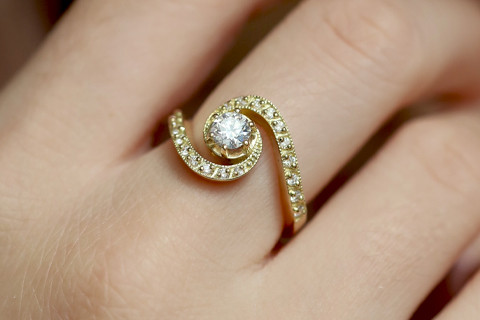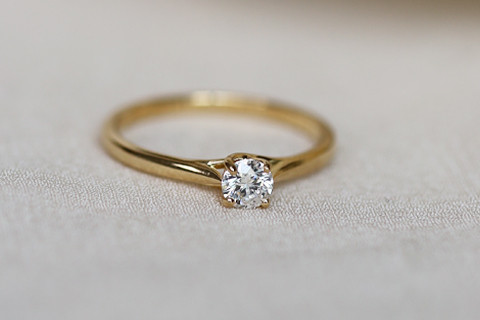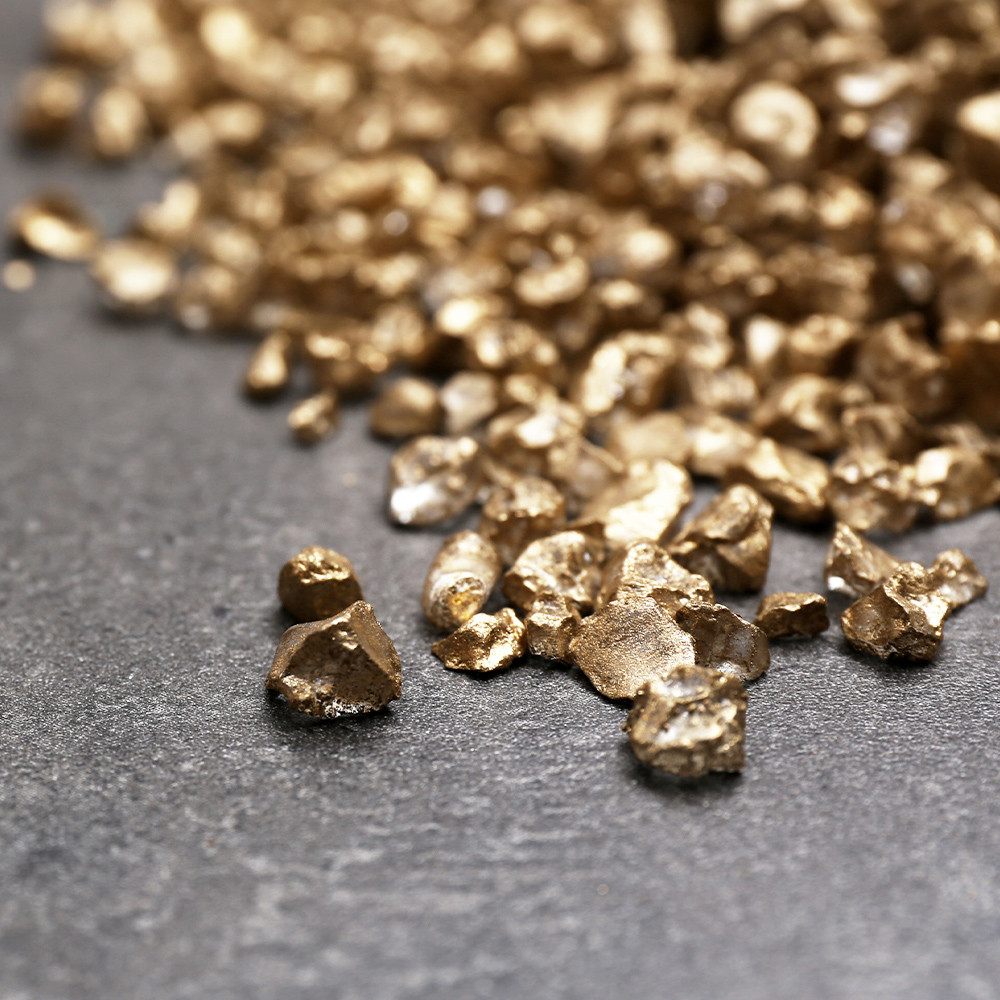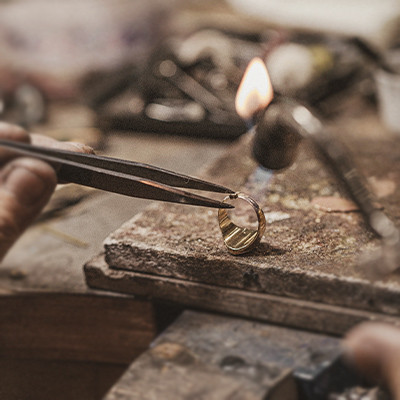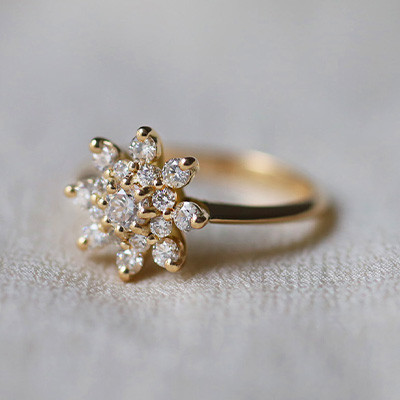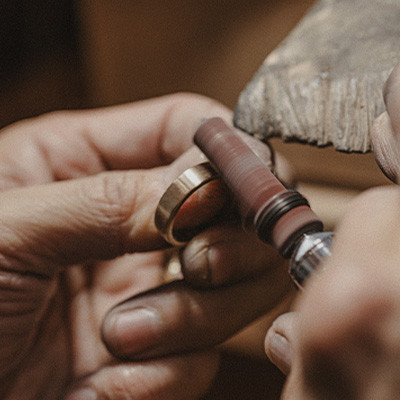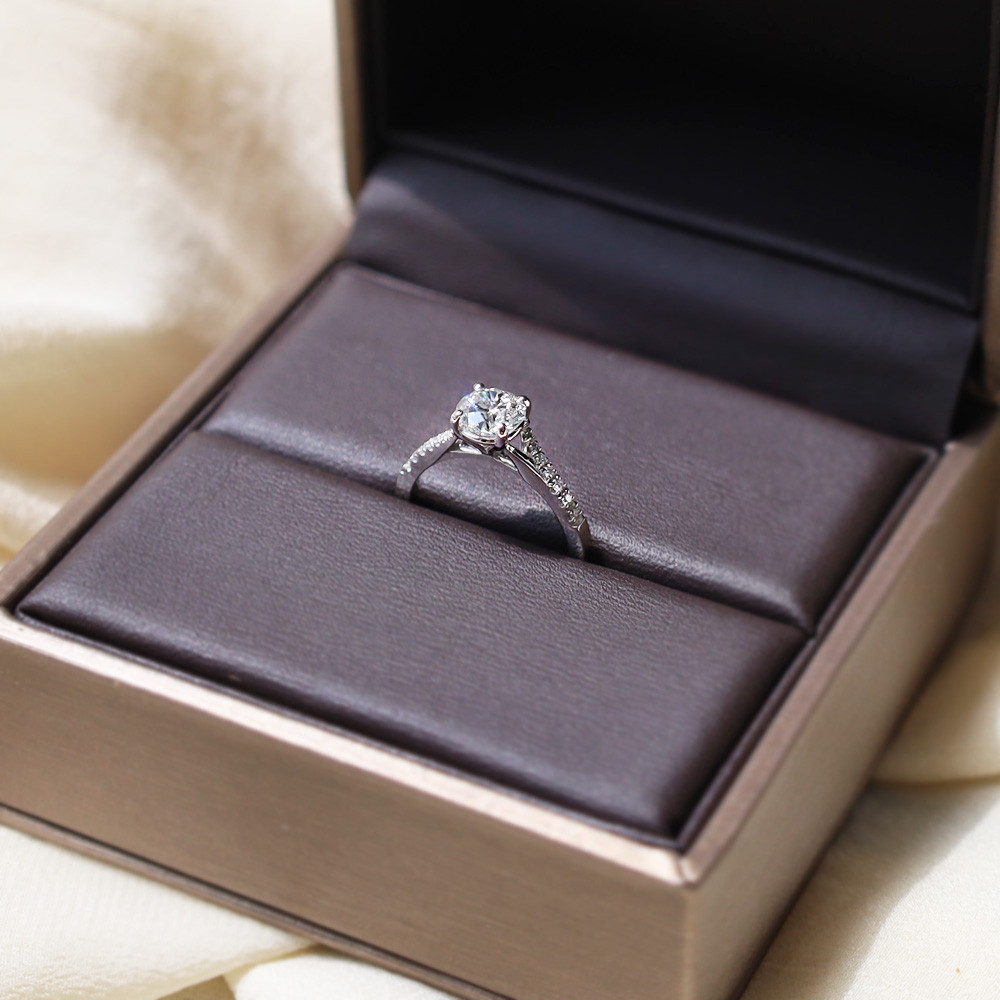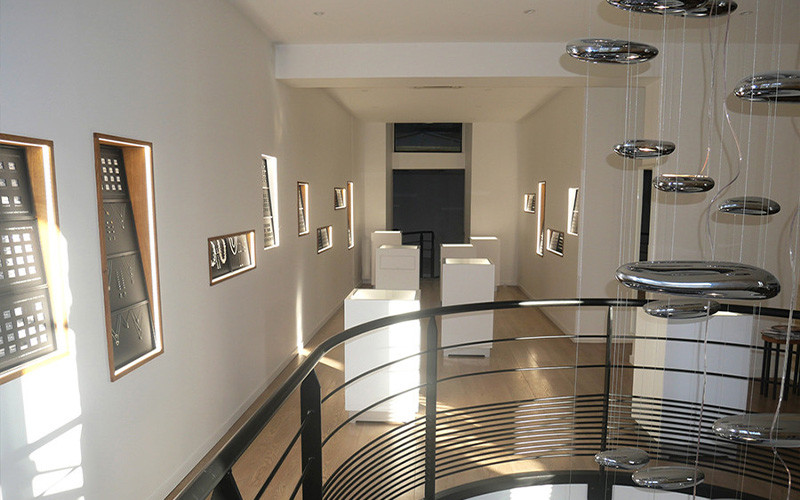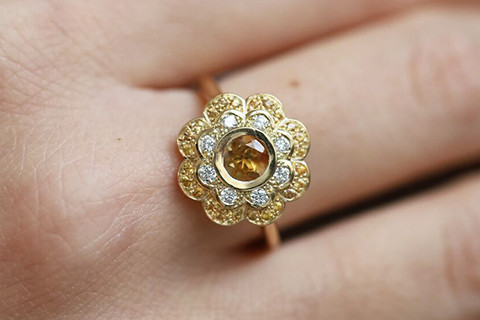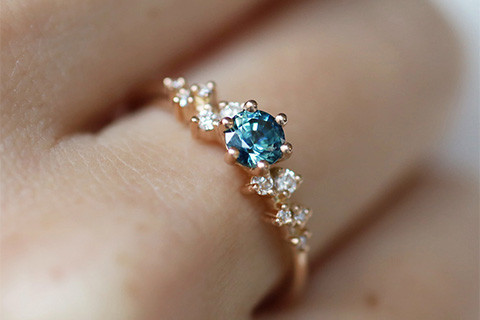White gold


A treasure of nature...
Fine gold or 24-carat gold is the purest form of gold, what is obtained when it is mined. It is 99.9% pure. Fine gold is rust-free, yet highly malleable. To be worked and made more resistant, it must be combined with other metals in varying proportions, depending on the desired characteristics such as color, malleability, toughness and durability. Depending on the amount of fine gold added to the metal alloy, different titrations are obtained: 9 carats (37.5% pure gold), 14 carats (58.5% pure gold), 18 carats (75% pure gold)... In France, jewellery houses only work with 18 carat gold. As 9-carat gold does not contain a high enough percentage of fine gold, it becomes just as fragile as 24-carat gold. It is less resistant to shocks and can be deformed... 18-carat gold is an alloy of 18 parts pure gold and 6 parts other metals, such as silver, copper and palladium. It is officially called 750 thousandths gold, because it is 75% pure, i.e. it contains 75% fine gold. Depending on the proportion of other metals, different colors are obtained.
A treasure of nature...
Fine gold or 24-carat gold is the purest form of gold, what is obtained when it is mined. It is 99.9% pure. Fine gold is rust-free, yet highly malleable. To be worked and made more resistant, it must be combined with other metals in varying proportions, depending on the desired characteristics such as color, malleability, toughness and durability. Depending on the amount of fine gold added to the metal alloy, different titrations are obtained: 9 carats (37.5% pure gold), 14 carats (58.5% pure gold), 18 carats (75% pure gold)... In France, jewellery houses only work with 18 carat gold. As 9-carat gold does not contain a high enough percentage of fine gold, it becomes just as fragile as 24-carat gold. It is less resistant to shocks and can be deformed... 18-carat gold is an alloy of 18 parts pure gold and 6 parts other metals, such as silver, copper and palladium. It is officially called 750 thousandths gold, because it is 75% pure, i.e. it contains 75% fine gold. Depending on the proportion of other metals, different colors are obtained.
